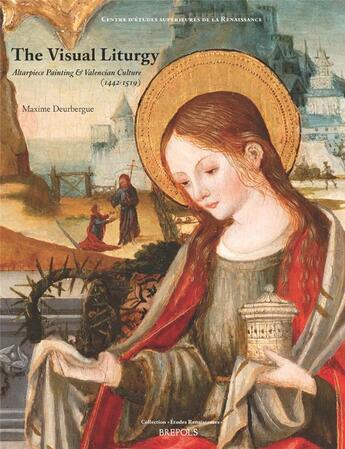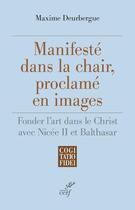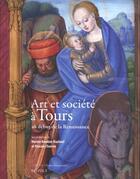-
Date de parution : 31/08/2012
-
Editeur :
Brepols
-
EAN : 9782503544977
-
Série :
(-)
-
Support :
Papier
Résumé:
This study provides a better understanding of 15th-century Spanish art and sheds important new light on the birth of an artistic school in a context of competing foreign influences, and on the reception of such influences into a radically different culture.
In the introduction to his Early... Voir plus
This study provides a better understanding of 15th-century Spanish art and sheds important new light on the birth of an artistic school in a context of competing foreign influences, and on the reception of such influences into a radically different culture.
In the introduction to his Early Netherlandish Painting, Erwin Panofsky characterised 15th-century European painting with an opposition between the art of Italy and that of Flanders, and significantly, he recalled that in the eyes of a Luther or of a Michelangelo, no other School deserved attention. Six centuries later, Spanish art of this period remains little known outside the Iberian Peninsula. The fact that a large number of the works of art are still kept in their original location surely plays a part in this, but there is also a lasting prejudice that this art is aesthetically and intellectually little exciting. Retables were then the utmost artistic expression. At first sight, they mostly look the same. Because this art seems changeless, its exegesis has been routine and vague.
Visual Liturgy challenges this situation. Focusing on the Aragonese city of Valencia, then at the height of its pride and glory, it examines a school of painters, which reflects a wider scene, namely the civic and religious preoccupations of a whole culture. Not only does it provide a comprehensive view of current research on Valencian painting, it connects it to the wider context of Valencian piety and tackles the dialectics at work in civic culture: how the monarchy took hold of the municipality; how foreign influences challenged local tradition; how sophisticated altarpieces emerged from the standard stock of artistic production; how, finally, the liturgy prevented ruptures between the religion of the learned and more popular, even at times slightly unorthodox, expressions of the faith.
Visual Liturgy thus provides a better understanding of 15th-century Spanish art. It sheds important new light on the birth of an artistic school in a context of competing foreign influences, and on the reception of such influences into a radically different culture; finally, it is the first attempt to explore the meaning of Valencian altarpieces with reference to their cultural, spiritual and liturgical context of creation.
Donner votre avis
















